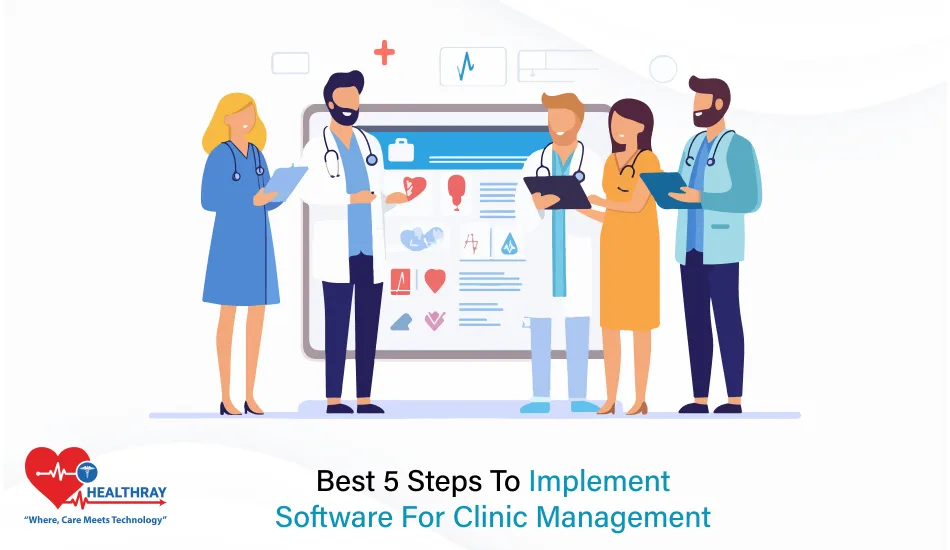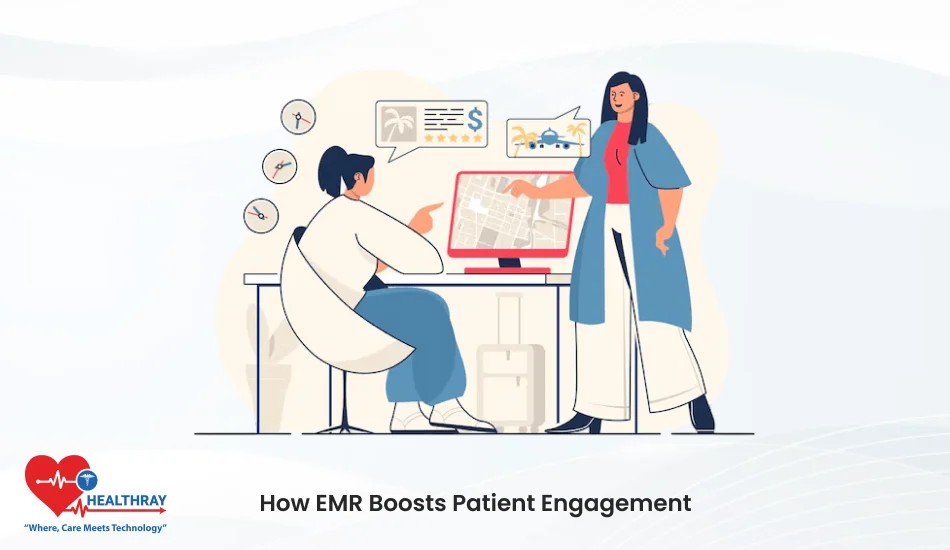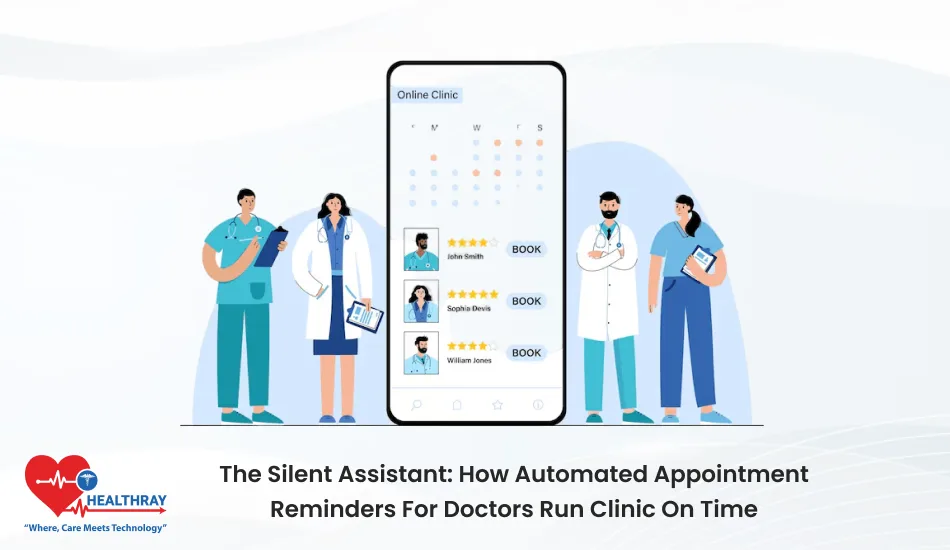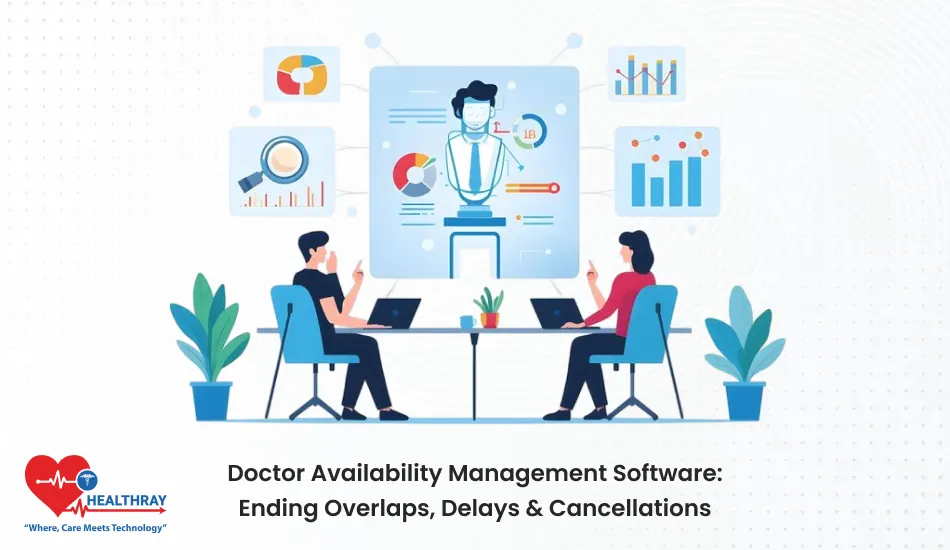Summary
Hospitals face many challenges when it comes to implementing new software in the system. In the traditional system, workflows were tedious; it took many hours to complete a task. In 2025 if you are still relying on outdated approaches, then it will become difficult for the organization to compete in the market. In this blog I will cover some interesting facts about software for clinic management and how it helps hospitals to reduce their day-to-day hectic tasks of medical operations. Continue reading this blog to gain insightful knowledge about software implementation, and follow along with each step of the clinic management software implementation process to achieve successful results.
Introduction
Clinics are under a lot of pressure in the modern healthcare industry to manage daily operations and deliver top-notch patient care. As we know, manual processes are more prone to errors, miscommunication and delays that negatively impact patient experience and staff productivity.
Clinic management software is a game-changing solution that automates appointment booking, patient records, billing, and staff coordination and makes the workflows smooth. Further, smart clinic management software reduces the wait time and improves care quality. If you are running a small clinic or managing a multi-provider center, a planned implementation makes your clinic digitally strong.
By doing this, hospitals will be able to provide better care, streamline operations, and protect patient data. Software for clinic management requires proper training and team coordination. Inadequate execution will aggravate the user, lead to more mistakes, and prevent the hospital from fully utilizing the potential of the technologies. However, if hospitals follow a structured approach such as understanding requirements and choosing the right software, data migration, training and testing, and then implementation will become smooth and successful.
In this blog, I will explain to you how to implement software for clinic management step-by-step without any stress. Also, I will cover all the phases from planning and customization to training and go-live in detail to help you minimize common mistakes and leverage the full power of the clinic’s management system.
A Systematic Approach to Clinic Management Software Implementation
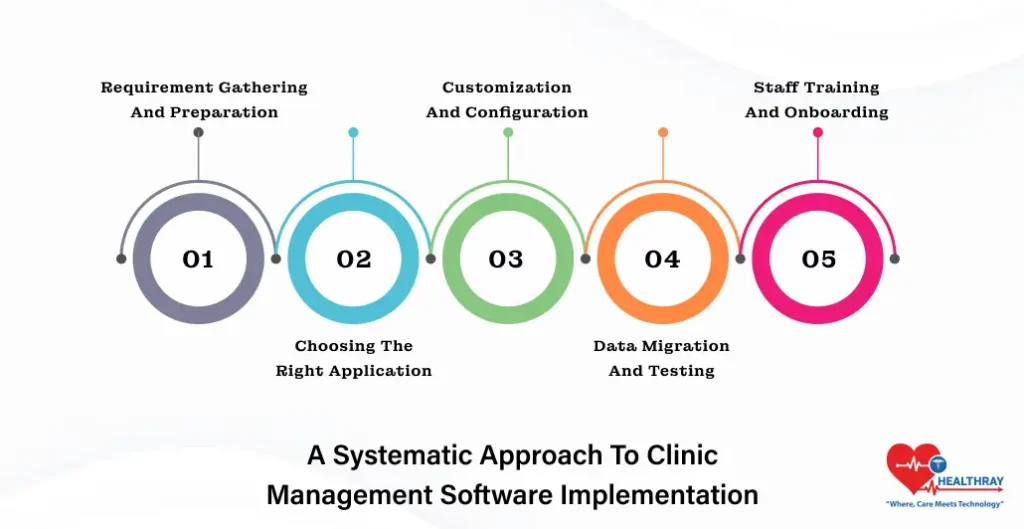
Let’s check out:
Requirement Gathering and Preparation
In today’s modern healthcare world, a successful software implementation is possible when you accurately execute the planning and requirement-gathering process. Firstly, it is essential to deeply discuss workflows and daily challenges with clinic staff or stakeholders. Furthermore, by comprehensively analyzing manual processes and existing systems, hospitals can easily identify gaps and limitations.
Further, hospitals can use the MoSCoW method to prioritize features to get a clear idea of “must have” features and features that can be added in a later part. Moreover, in this stage, it is crucial to define measurable objectives. This will help hospitals reduce wait times, automate billing process and improve record accuracy. Additionally, it is important to create a well-structured project plan where you need to be clear about specific timelines, milestones, and responsible team members. Overall, this structured approach ensures smooth implementation and system alignment with the long-term goals of clinics.
Choosing the Right Application
Choosing clinic management software is a critical decision, as it directly impacts clinical efficacy and success. In this stage, it is crucial to ensure whether software is aligned with your workflow or specialty requirements. Furthermore, software should be flexible and customizable so that it can adapt to your unique operational process.
Additionally, integration capabilities are equally important. The system should be able to connect with EMR/EHR systems, lab modules, billing tools, and insurance portals. Further, a user-friendly interface helps hospitals to save costs and time on providing trainings. Plus, modern clinic software should possess strong security features to protect patient data and be able to meet HIPAA compliance standards.
In the latter part, scalability is also one of the key features that needs high consideration. It helps hospitals handle software future growth or expanding patient base. Lastly, it is important to consider vendor reputation and post-implementation support services to ensure long-term reliability.
Customization and Configuration
Adapting software to clinical workflows is one of the most crucial steps in this implementation phase. In this stage, hospitals need to work closely with service providers to tailor their operational needs. Further, hospitals need to configure different modules such as appointment scheduling, patient records, billing, and reporting. This will help hospitals to keep day-to-day operations smooth and automated.
Further, hospitals need to define user roles and permissions to maintain data integrity and security in the system. Also, it permits staff members to access only the relevant sections. Further, if it’s necessary, hospitals can connect clinic software with external systems such as lab integrations, pharmacy modules, or insurance portals to achieve complete interoperability. Additionally, this customization phase ensures software remains technically fit and perfectly aligns with your real-world clinic’s workflow.
Data Migration and Testing
In this stage, migrating data from new software to a new one is a critical approach. Further, patient records, billing information, and appointment schedules require careful planning before transferring data to avoid the risks of data loss. Furthermore, it is crucial to pay high attention to data integrity and accuracy before transmitting data. Hospitals should verify each and every record to keep the information accurate and updated.
Further, after migration, hospitals should perform comprehensive testing that includes functionality, usability, security, and load testing. Additionally, this helps hospitals to ensure software will run smoothly in real-world conditions. Before full rollout, clinic workflow automation software is tested in a controlled environment or single department. Further, in this phase, hospitals should identify minor bugs and issues that need correction. This makes the final implementation flawless and error-free.
Staff Training and Onboarding
A successful software implementation is possible only when staff is able to use the system effectively. In this phase, a comprehensive training program is designed as per user roles. Further, this helps staff members to become proficient at their specific functions. Hospitals should use multiple formats, such as virtual tutorials, in-person sessions, and hands-on workshops, to make the learning experience more engaging and practical.
Further, they should put focus on real-world scenarios and day-to-day workflows so that staff can confidently use the system and increase the adoption rate of the Clinic Management System in India. Additionally, hospitals should provide support upon completion of training. Therefore, FAQs, help guides, or dedicated support are provided by vendors to help staff resolve their queries. Overall, this approach ensures a smooth transition and helps medical staff feel comfortable with the new clinical management system.
Conclusion
Implementing the right clinic management software, with a thoughtful and phased approach, can transform your clinic’s operations, improving patient care and staff efficiency while reducing operational burdens.
I hope the above blog provides you practical insights on software for clinic management implementation and how it helps you minimize common mistakes and ensure uninterrupted workflow.
